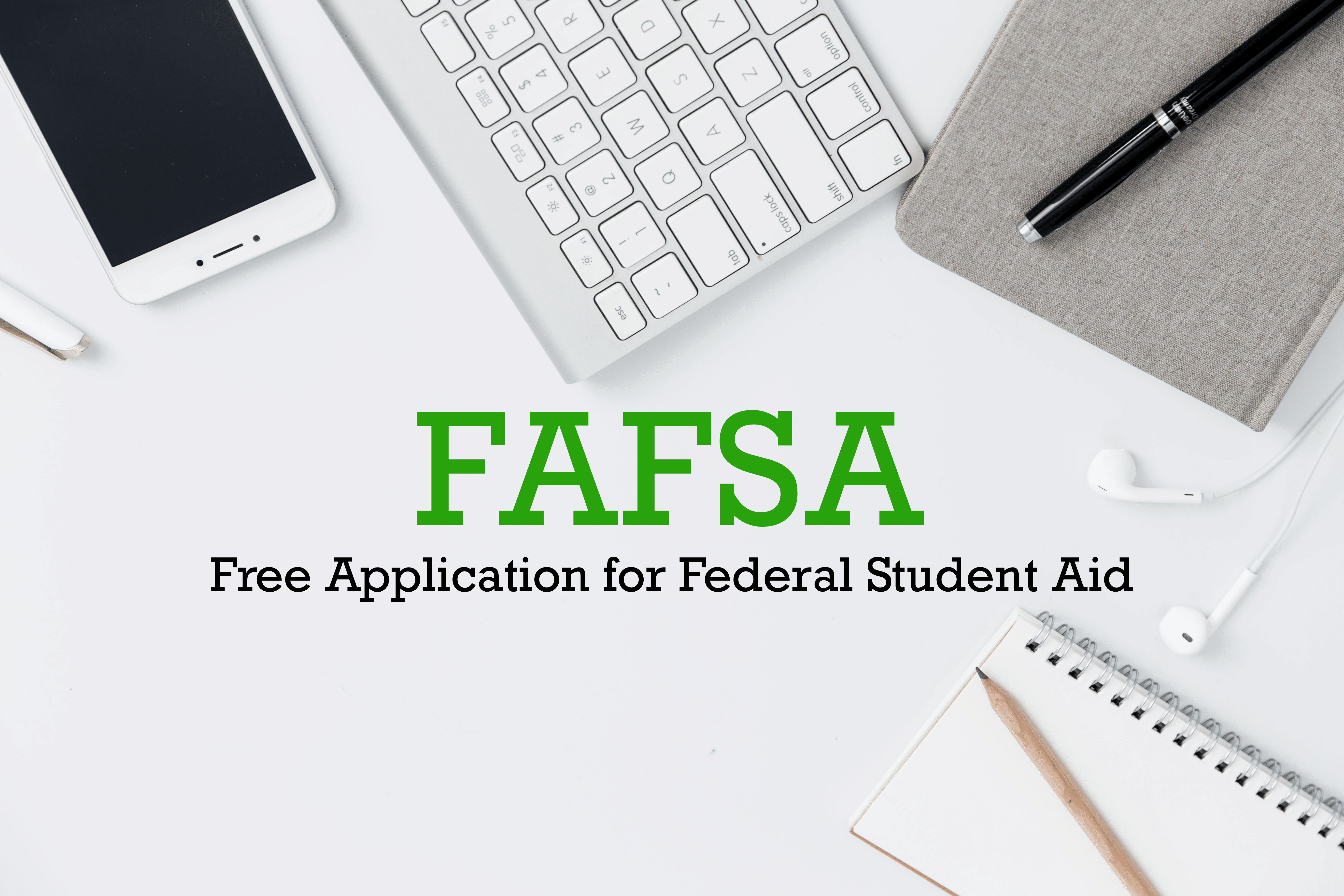
This year, the 2024-2025 Free Application for Federal Student Aid (FAFSA) looks a little different from years prior. The Federal Student Aid Office has made some major changes to help ease the process of completing the FAFSA for students and families. The FAFSA is the first step in securing financial aid for college. Completing the FAFSA opens the door to BILLIONS of dollars of financial aid. Let’s take a closer look at these changes and highlight what students and parents should be aware of.
- Release Date and Deadline: The 2024-2025 Free Application for Student Aid was released on December 31, 2023 with a federal deadline of June 30, 2025. Please note that some schools and universities might have their own deadlines for FAFSA submission, so be sure to check your school’s website. Federal financial aid is awarded on a first-come, first-served basis, so applying sooner gives you potential access to more funds. Previously, the FAFSA was released on Oct 1.
- Fewer Questions on the Form: The number of questions on the FAFSA form has been greatly reduced from a potential 103 questions down to as little as 18! The goal of fewer questions is to make it easier for families to successfully submit the FAFSA and gain access to financial aid. With fewer questions, The FSA Office says that the FAFSA could take as little as 10 minutes to complete!
- Contributors and FSA IDs: A new term introduced in the 2024–25 FAFSA form, “contributor” refers to anyone (such as a spouse, parent, or parent’s spouse) who provides information, consents to the transfer of federal tax information, and signs the FAFSA form. This change aims to clarify the roles of individuals involved in the financial aid process. NOTE: ALL contributors on the FAFSA form will need to create a Federal Student Aid ID (FSA ID). The FSA ID serves as a login and electronic signature to the FAFSA. You can create an FSA ID online for free.
- Consent and Approval: Both students and contributors must provide consent and approval for the IRS to transfer federal tax information into the FAFSA form. This requirement ensures that accurate financial information is used to determine eligibility for federal student aid.
- Parents Can Complete the FAFSA Form without an SSN: Starting this 2024-2025 FAFSA cycle, parents can get an FSA ID without an SSN. For more information on how to navigate the FAFSA without an SSN, visit the FSA Website.
- Financial Aid Formula: The 2024–25 FAFSA introduces the Student Aid Index (SAI), replacing the Expected Family Contribution (EFC) as the index number used to calculate financial aid eligibility. The SAI is calculated based on the information provided on the FAFSA form and will determine the types and amounts of financial aid a student is eligible to receive.
- Pell Grant Expansion: Starting in the 2024–25 award year, more students will be eligible for Federal Pell Grants. An estimated 610,000 new students will be eligible for a Pell Grant, with an additional 1.5 million students eligible for the maximum Pell Grant award.
- FAFSA Submission Summary: After successfully submitting the FAFSA form, students will receive a FAFSA Submission Summary (FSS), formerly known as the Student Aid Report (SAR), a document highlighting students eligibility for federal student aid. This summary will include the answers submitted on the FAFSA form, the SAI, and an estimation of the amount of federal student aid the student may be eligible for.
With these new changes, the FSA Office hopes to streamline the FAFSA Application process for students and their families. If you would like some support on helping complete the FAFSA check out some of the resources below.